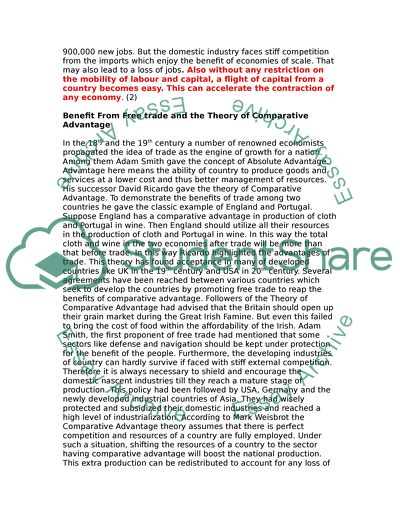Cite this document
(“Free trade is the primary force driving economic development. Discuss Essay”, n.d.)
Retrieved from https://studentshare.org/environmental-studies/1418419-free-trade-is-the-primary-force-driving-economic
Retrieved from https://studentshare.org/environmental-studies/1418419-free-trade-is-the-primary-force-driving-economic
(Free Trade Is the Primary Force Driving Economic Development. Discuss Essay)
https://studentshare.org/environmental-studies/1418419-free-trade-is-the-primary-force-driving-economic.
https://studentshare.org/environmental-studies/1418419-free-trade-is-the-primary-force-driving-economic.
“Free Trade Is the Primary Force Driving Economic Development. Discuss Essay”, n.d. https://studentshare.org/environmental-studies/1418419-free-trade-is-the-primary-force-driving-economic.


